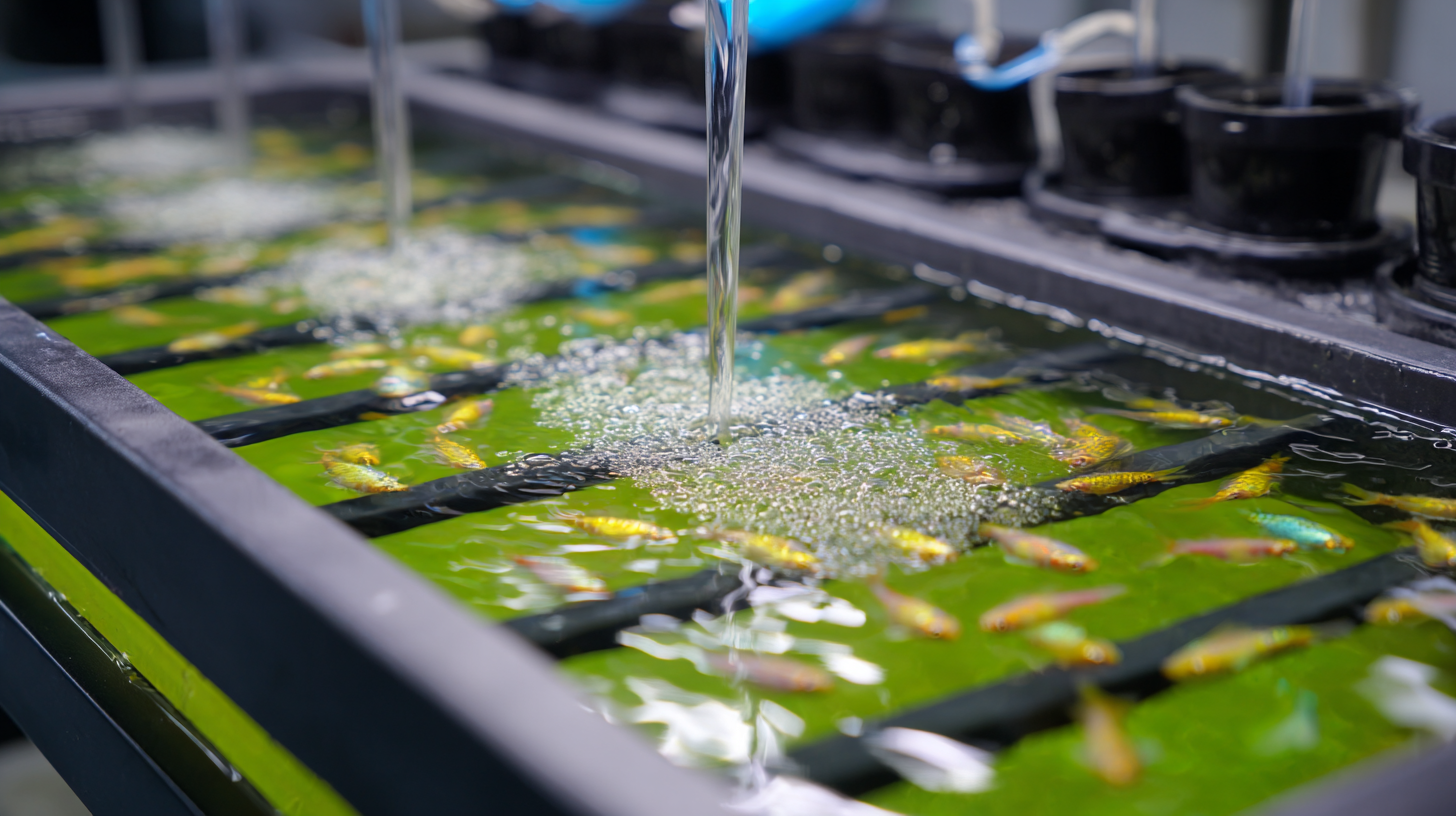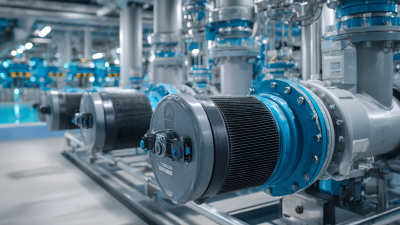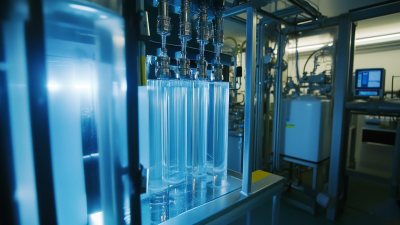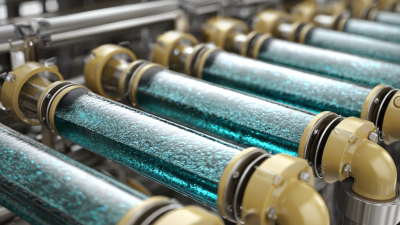Leave Your Message
Request a Quote
Water quality is a critical concern for both public health and environmental sustainability, and pre-filtration techniques play a fundamental role in improving the overall purity of water supply systems. According to the World Health Organization, more than 2 billion people worldwide lack access to safe drinking water, highlighting the urgent need for effective filtration solutions. Pre-filtration serves as the first line of defense against contaminants such as sediments, bacteria, and chemical pollutants, significantly enhancing the efficacy of subsequent water treatment processes. A report by the American Water Works Association indicates that implementing advanced pre-filtration methods can reduce the load of harmful particles by up to 90%, thus lowering treatment costs and improving system efficiency. This article explores various pre-filtration techniques and their potential to revolutionize water quality management in both urban and rural settings, ultimately making clean water more accessible for everyone.
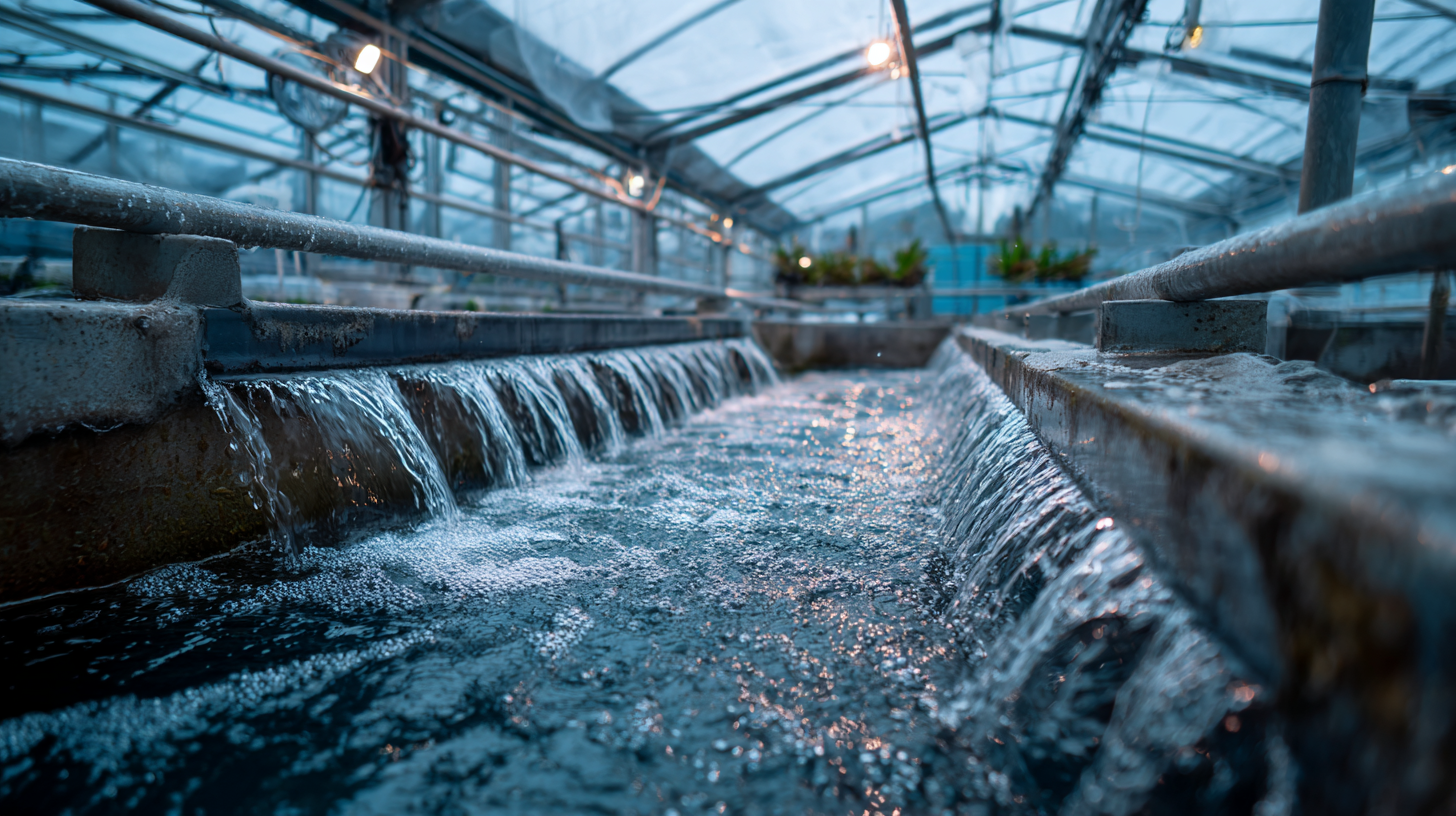
Pre-filtration plays a crucial role in enhancing water quality by removing contaminants before the water undergoes further treatment processes. This initial filtration stage effectively captures larger particles, sediments, and debris that can compromise the efficiency of downstream filtration systems. By intercepting harmful substances at the onset, pre-filtration not only prolongs the lifespan of more advanced filtration methods but also reduces the load on these systems, ensuring they operate at optimal capacity.
Understanding the importance of pre-filtration extends beyond just improving water quality. It also contributes to overall health and safety by minimizing the presence of pollutants such as bacteria, heavy metals, and organic matter that can pose significant risks when left untreated. Implementing effective pre-filtration techniques, such as sediment filters or activated carbon filters, significantly enhances the clarity and taste of water, making it safer for consumption and suitable for various applications.
By prioritizing pre-filtration in water treatment strategies, we set the foundation for cleaner, healthier water, ultimately benefiting both individuals and the environment.
Pre-filtration techniques play a crucial role in enhancing water quality by removing impurities before the main filtration process. One of the most common methods is sediment filtration, which uses various filter media to capture larger particles such as sand and silt. This process not only prolongs the life of the primary filters but also ensures cleaner water entering the system. Another effective technique is activated carbon filtration, which removes chlorine, volatile organic compounds, and other contaminants, significantly improving taste and odor.
When selecting a pre-filtration system, consider the specific impurities present in your water source. Testing the water quality can help identify the most suitable filtration method. Additionally, maintaining regular cleanings and filter replacements will optimize performance and ensure consistent water quality.
**Tips:** Always choose a pre-filter that fits your system requirements for optimal efficiency. Keep an eye on the pressure drop across the filters; this can indicate when a filter needs replacing. Lastly, consider using a combination of pre-treatment methods to tackle various contaminant types effectively.
| Pre-Filtration Technique | Description | Benefits | Common Applications |
|---|---|---|---|
| Sediment Filtration | Removes large particles such as sand, silt, and dirt from the water. | Improves clarity and quality of water, protects downstream equipment. | Residential and industrial water treatment. |
| Activated Carbon Filtration | Uses activated carbon to remove chlorine, odors, and harmful chemicals. | Enhances taste and removes contaminants effectively. | Drinking water systems, aquariums. |
| Reverse Osmosis | Uses a semipermeable membrane to remove ions, molecules, and larger particles. | Provides high-quality water, reducing harmful substances and contaminants. | Home drinking systems, industrial applications. |
| Ultrafiltration | Removes bacteria, viruses, and colloidal materials using membranes. | Improves microbiological quality and clarity of water. | Wastewater treatment, food and beverage processing. |
| Media Filtration | Uses various media (sand, gravel) to filter out impurities from water. | Effective for turbidity removal and overall water quality improvement. | Swimming pools, municipal water treatment. |
Implementing pre-filtration systems is a crucial step in enhancing water quality, particularly in areas where water sources may be contaminated with particulate matter and microorganisms. The United States Environmental Protection Agency (EPA) reports that sediment can carry pollutants that negatively impact water quality, making pre-filtration essential. A step-by-step approach to installing pre-filtration systems can significantly improve the efficacy of subsequent filtration processes.

The first step involves assessing the specific needs of the water source by conducting a thorough quality analysis to identify contaminants present. This can include testing for turbidity levels, which can indicate the amount of suspended solids in the water. According to the World Health Organization (WHO), removing turbidity is vital, as particles can shield pathogens from disinfection processes, potentially leading to health risks. After assessment, selecting the right pre-filtration method—such as sand filters, cartridge filters, or screen filters—based on size and type of contaminants detected is critical. Engineering reports indicate that employing a multi-stage pre-filtration system can enhance removal rates of solids by up to 95%, significantly protecting downstream systems and improving overall water quality.
Pre-filtration is a crucial step in enhancing water quality, yet it presents several challenges that can hinder its effectiveness. One common obstacle is the presence of varying particle sizes in water sources, which can lead to inconsistent filtration performance. According to the Water Quality Association, improper filtration can result in up to 70% of particulate contaminants bypassing traditional filters. To overcome this, it’s essential to select a pre-filtration system that incorporates multi-stage filtration processes, such as sediment filters followed by activated carbon or membrane filters, to capture a broader range of contaminants.
Another challenge is maintaining the operational efficiency of pre-filtration systems. Clogging and fouling can drastically reduce flow rates and filtration capacity. Research from the American Water Works Association indicates that regular maintenance can improve system efficiency by up to 40%. Implementing a routine inspection schedule and utilizing backwashing or cleaning techniques can help mitigate these issues, ensuring that water quality remains consistent.
**Tips:** Always monitor the pressure differentials in your filtration system; significant changes can indicate potential clogging. Additionally, consider using automatic self-cleaning systems which can reduce maintenance efforts while improving longevity and performance.
Maintaining pre-filtration systems is crucial for ensuring long-term water quality enhancement. Regular upkeep not only prolongs the lifespan of your filtration systems but also maximizes their efficiency. A systematic maintenance schedule should include routine inspections, cleaning, and replacement of filter media. Look out for signs of wear or clogging, as these can significantly reduce the effectiveness of your system.
Tip: Check the pressure gauges on your filter system regularly. A sudden drop in pressure can indicate a clogged filter, which may need cleaning or replacement. It’s essential to follow the manufacturer's recommendations for maintenance intervals to prevent any potential issues from escalating.
Additionally, it’s beneficial to monitor the overall water quality consistently. Keep a record of water tests and any maintenance performed. This will help in identifying patterns or recurrent issues that may arise, allowing for proactive adjustments to the filtration strategy.
Tip: For optimal performance, consider integrating a comprehensive water testing kit into your maintenance routine. By testing for various contaminants and comparing the results over time, you can make informed decisions about when to service or upgrade your pre-filtration system, ensuring the water you consume remains clean and safe.
